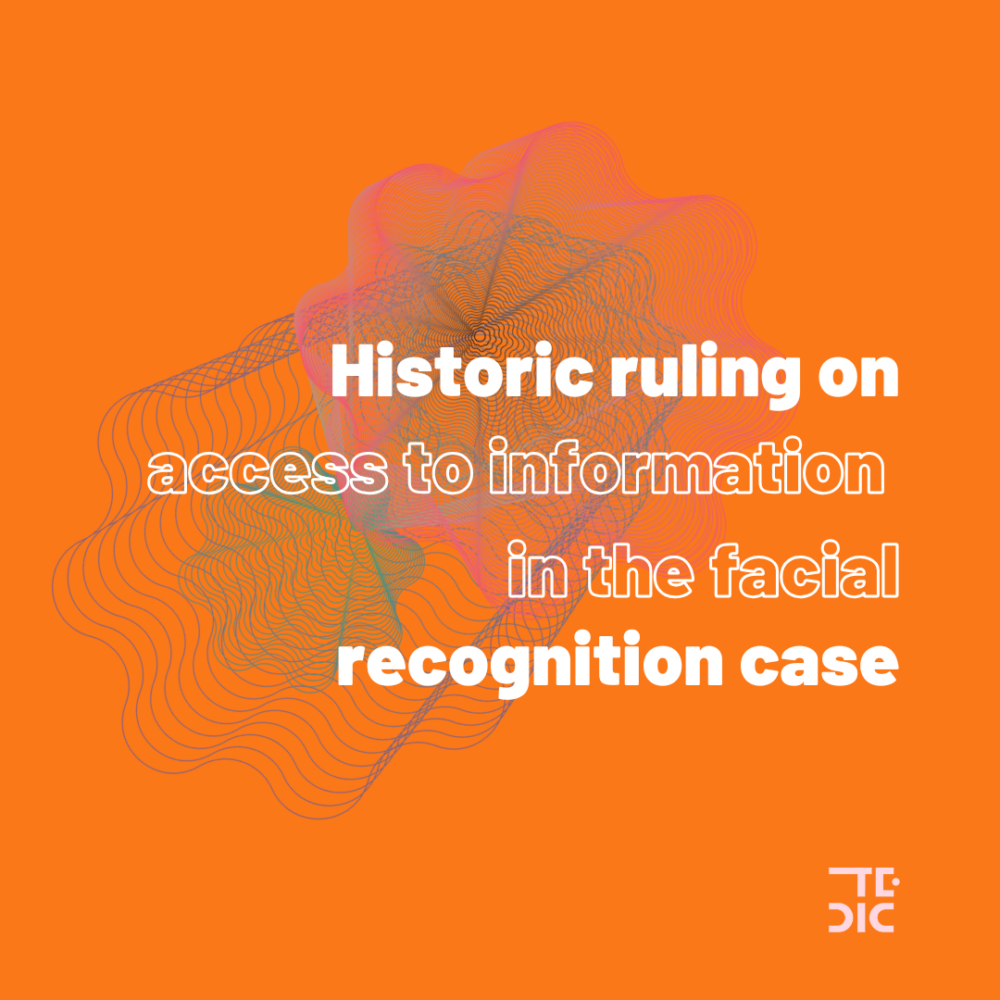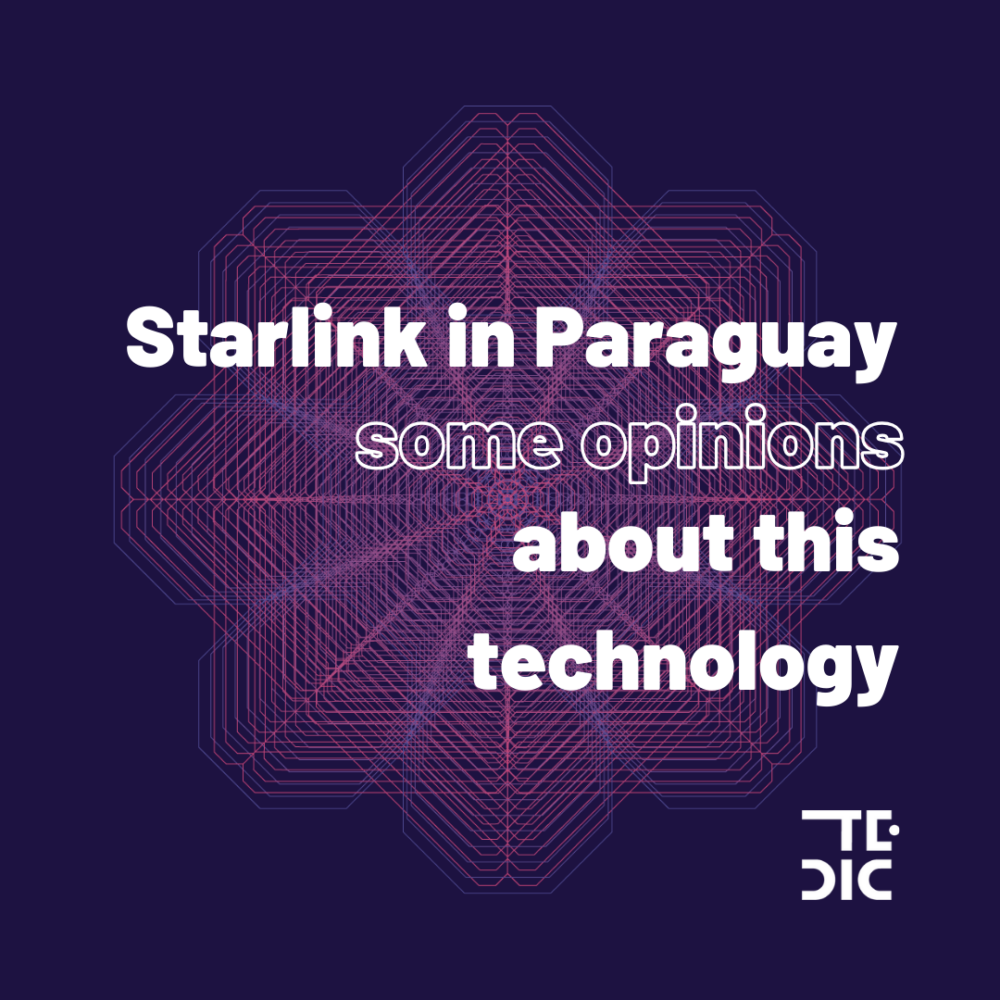
At TEDIC, we are firmly committed to defending human rights, promoting transparency, and ensuring access to public information. We believe that, in a context where the state increasingly uses invasive surveillance technologies, such as facial recognition cameras, it is crucial to establish a legal framework that respects people’s fundamental rights. The implementation of these technologies must be subject to constant scrutiny to prevent violations of the rights to privacy, intimacy, and freedom of expression.
With the aim of promoting transparency in the accountability of invasive surveillance technologies used by the state, TEDIC has initiated several strategic litigation cases. In particular, the case presented here was carried out with the support of lawyers Ezequiel Santagada and Federico Legal from IDEA. This litigation, initiated in 20191, received a partially favorable ruling in 2024 from the Supreme Court of Justice. The decision represents a significant victory for human rights and access to information.
Although the ruling did not directly address the core issue —specifically, whether there is transparency in the use of facial recognition— it did underscore a critical point: the courts in both instances misapplied the law, resulting in an arbitrary decision. This point is fundamental, as the Constitutional Chamber of the Court confirms the validity of a procedural rule that establishes the proper procedure for judicial protection regarding access to information, marking a positive step forward in defending transparency and the right to information.
To put the case in context, in 2018, the Ministry of the Interior and the National Police of Paraguay, through the 911 System, installed surveillance cameras with biometric technology (facial recognition) in Asunción. Through a judicial action to access public information, TEDIC requested information on the use of this technology to better understand the features of the facial recognition system, its usage protocols, potential risks to human rights, as well as details on the error rates of the algorithms used. However, the response was insufficient and evasive, merely stating that they could not provide the information due to national security reasons. The importance of this case lies not only in gaining access to the requested information but also in addressing the inherent risks of implementing facial recognition technologies and other surveillance tools for communications2.
The Court’s decision creates a new opportunity for the Court of Appeals to rule favorably, correctly applying the law and human rights standards on access to public information, privacy protection, and transparency in the use of biometric technology.
The upcoming decision will be crucial for advancing these rights, as the use of facial recognition cameras and the collection of biometric data pose significant risks to human rights.
1TEDIC. (2019, September 16). Who watches the watchman? Facial Recognition in Asunción. https://www.tedic.org/quien-vigila-al-vigilante-reconocimiento-facial-en-asuncion/
2TEDIC. (2018, July 18). La enajenación continua de nuestros derechos. Sistemas de identidad: Biometría y cámaras de vigilancia no reguladas en Paraguay. https://www.tedic.org/la-enajenacion-continua-de-nuestros-derechos-sistemas-de-identidad-biometria-y-camaras-de-vigilancia-no-reguladas-en-paraguay/


 Starlink in Paraguay: are there risks or concerns about this technology?
Starlink in Paraguay: are there risks or concerns about this technology?  [Research] Technology-facilitated gender-based violence against women politicians in Paraguay
[Research] Technology-facilitated gender-based violence against women politicians in Paraguay